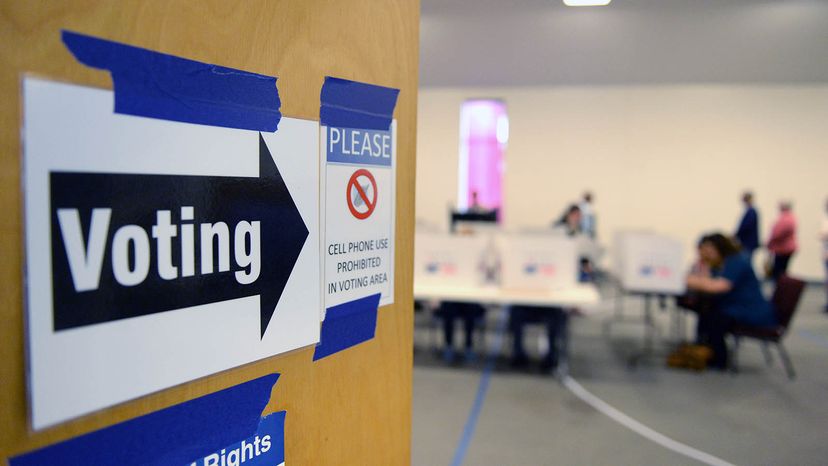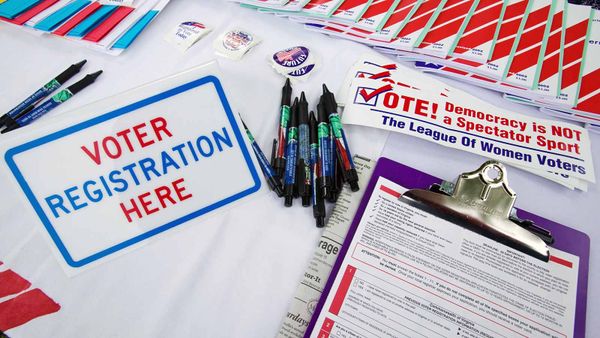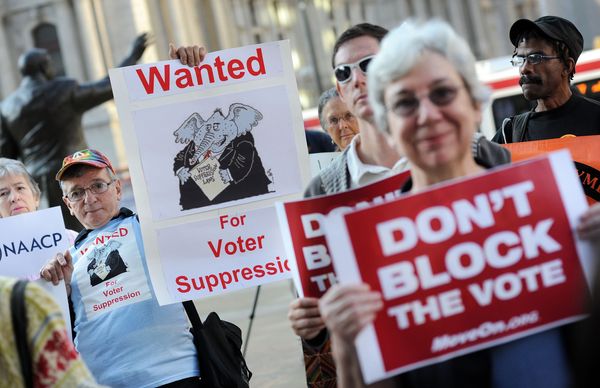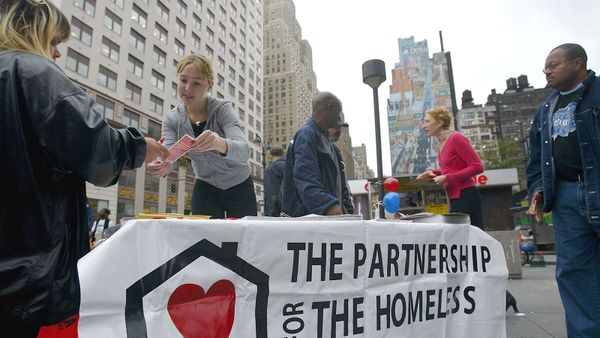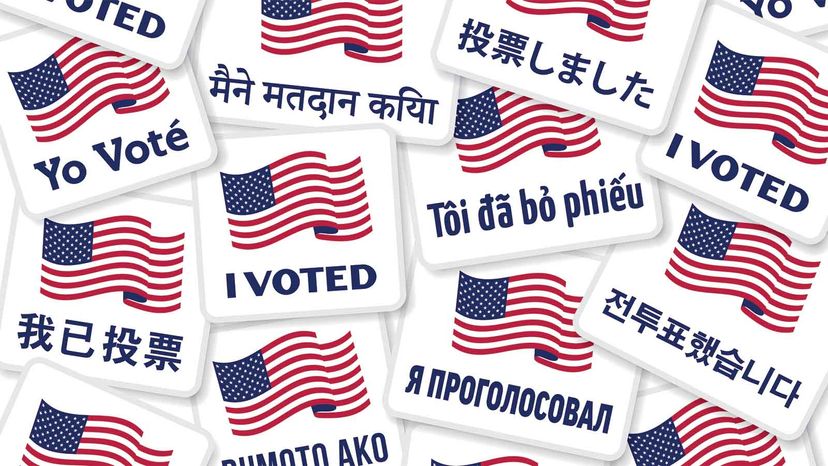
With the midterm election drawing close, it's important to know your rights in case your vote is challenged.
The best way to ensure that your vote is counted is to advocate for yourself. I'm a civil rights attorney and lecturer for the University of Southern California's undergraduate civil rights advocacy initiative, Agents of Change. Here are several straightforward ways to ensure your vote is counted and two practical remedies for you to consider if your vote remains challenged.
Advertisement
A major part of ensuring that you can vote is doing the necessary preparation before you even get to the polling place.
